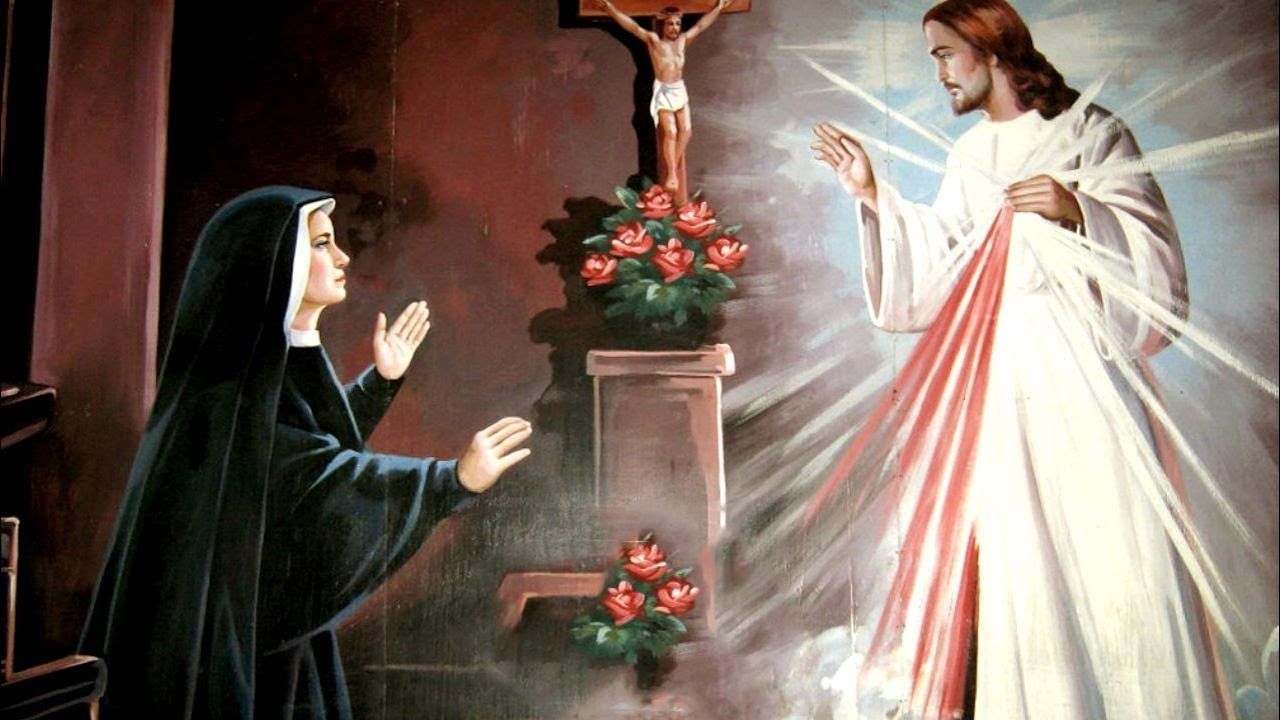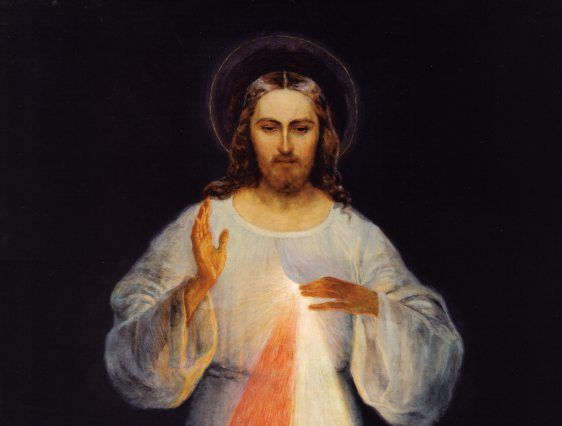This might seem like something new, but in fact, Jesus is just calling attention to something that is intrinsic both to the Gospel and to the Second Sunday of Easter itself. St. John Paul II recognized this when, giving the name of Divine Mercy Sunday to this feast, he didn't change any of the Mass prayers or readings. The First Reading, from the Acts of the Apostles, shows the early Christian community showing God's mercy to each other, especially the poor. The Responsorial Psalm includes the repeated refrain, "His mercy endures forever." The Second Reading, from the First Letter of St. John, refers to the Blood and Water that flowed from Christ's side and that are pictured in the Divine Mercy image. And the Gospel reading is the incident when Christ appears a week later to St. Thomas, who sees the Lord's wounded side and receives his mercy.
This devotion isn't just for one Sunday a year, though. Explore the devotion to the Divine Mercy and express your trust in our Lord's mercy this week, during the Easter season, and throughout the year!



